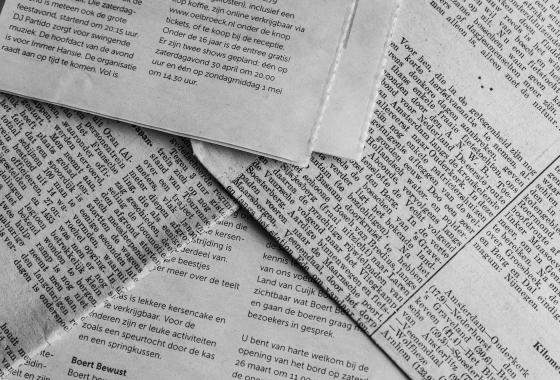
FS41E - How to read a contador
Category : Fact Sheets
FS41E - How to read a contador
How to read a contador
Historically, understanding an electricity bill is not an easy task. However, it should be easier with installation of the new smart meters by e-Redes, a process that should be completed by the end of 2024. In addition to provide digital readings of electricity consumption at 15-minute intervals, these devices send data automatically. It is then up to the distribution network operator to communicate the data to the electricity supplier.
Smart meters have the advantage of allowing consumers to view electricity consumption in practically real time, which promotes more efficient energy consumption habits. With these devices, to control electricity consumption, you can access the e-Redes digital counter and register to access the data. This way, you have access to your consumption history and can begin investigating the devices that might be causing consumption to spike throughout the day.
Registration gives access to other important information: the potência that you currently have and whether it fits your consumption profile. Part of this information is available directly on your meter, namely the consumption calculated in each hourly cycle or the maximum power (kW) reached in the last 30 days.
These smart electricity meters have light signals in different colours that let you know if they are working correctly. When it shows a red colour, the count is not being done. If this is the case with you should contact e-Redes. Yellow signals means that the network operator is carrying out tests. Green indicates that the device is working correctly.
There’s control button on the right side of the display which can only be used by e-Redes and an optical reading port,. To check your energy consumption, see the automatic information shown on the meter display. This will appear sequentially, with an associated code that allows you to understand what you are reading, in kWh:
1.8.1 - Horas de vazio/in off-peak hours: the time of day when less electricity is consumed, such as at night and on weekends.
1.8.2 - Horas de ponta/in on-peak hours: times of highest energy consumption, such as early morning and late afternoon.
1.8.3 - Horas cheias/in mid-peak hours: the time of day when there is a medium consumption of electricity.
On this display it is also possible to know information such as:
0.9.1: current time (hora atual)
0.9.2: current date (data atual)
13.0.1: hourly cycle (ciclo horário)
CD3T: daily cycle with three tariffs (ciclo diário em 3 tarifas)
CS3T: weekly cycle with three tariffs (ciclo semanal em 3 tarifas)
1.6.10: maximum power reached in the last 30 days (potência máxima atingida nos últimos 30 dias)
By accessing this information, you immediately verify that the meter's clock is showing the correct time, which is essential for those who have a multi-hour tariff or how their counting progresses. If you still suspect that something is not right, particularly the current consumption, you should turn off all devices in the house, including those that maybe on standby, and see if the contador still registers usage.
If you still believe that there is a problem with the meter, you have the right to request an extraordinary check. This inspection is carried out by an independent entity, accredited by the Portuguese Accreditation Institute (IPAC). The date for this verification must be communicated to the network operator at least 10 days in advance. This procedure ensures that service continuity is maintained, as well as justifying the removal of the meter that belongs to the network operator. Please note that this inspection of counting accuracy is not carried out on site, but on a test bench in a laboratory.
Bear in mind that, if it is confirmed that the meter is working correctly, you will have to pay for the verification and the costs that may be associated with this extraordinary process, and these can be significant. If the smart meter is not working correctly, the costs of the extraordinary verification will be borne by the distribution network operator.





